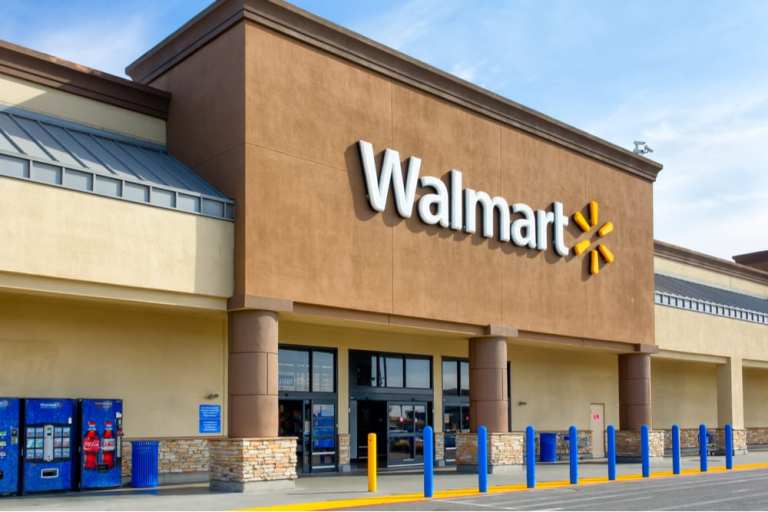Walmart Focuses On Supercenters As Strategy To Take On Amazon

To thrive in the eCommerce age as it contends with Amazon, Walmart is planning to make its supercenters the heart of a network of businesses operating together to drive profits and bring in customers, The Wall Street Journal reported.
Walmart President and CEO Doug McMillon said during a strategy meeting that supercenters are the focus of the company’s plan. The giant stores are large operations offering 100,000 products and are approximately 180,000 square feet. Clothes, groceries, televisions and camping gear are on offer. Shoppers can transfer money, get their hair done, or fill medical prescriptions. They are also community gathering spots and open 24 hours.
The retailer also intends to create “edge computing” capacity in which data is processed nearer to where it is taken in. (That is a quicker system than sending information to the cloud.) The system could be rented out with new demand from self-driving vehicles as well as other systems that may tap into technology to quickly sift through significant amounts of information.
The refocusing on the massive stores that Walmart began crating in 1980 marks a departure from a strategy laid out only a year prior. At an investor meeting, McMillon reportedly displayed an image with eCommerce, stores, and other businesses as equal portions of a circle, serving the shopper of Walmart.
In separate news, reports surfaced earlier this month that Walmart is teaming with autonomous vehicle company Nuro to roll out a pilot program that will test grocery delivery in the Houston market.
The service, which will begin testing next year, will use R2 — Nuro’s custom-built delivery vehicle — and autonomous Toyota Priuses, all powered by the proprietary software and hardware of Nuro.
Tom Ward, senior vice president of Digital Operations for Walmart U.S., said in a release at the time, “Nuro’s vision of using robotics to improve lives runs parallel with Walmart’s mission of helping customers live better.”